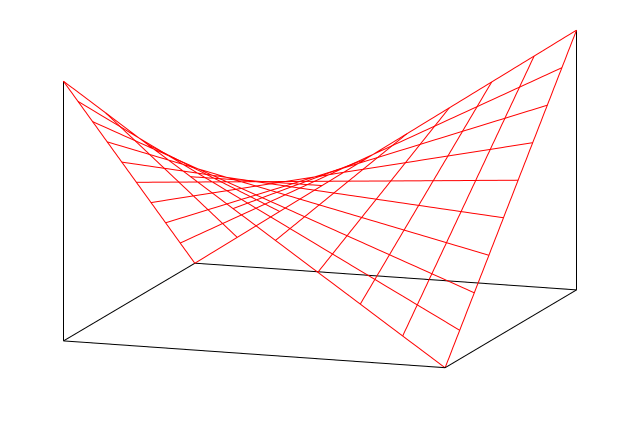Bob,
The aluminum plates are Alcoa Mic 6, good to 800 degrees warp free and specifically intended for applications such as this. And it is a convection oven with a digital thermostat. There was a vacuum bag in between the plates. The ramp up to temperature took over 2 hours. Both plates were within a few degrees of each other the entire cure cycle measured by thermocouples. You can see the thermometer laying beside the oven in the rocks.
The aluminum plates are Alcoa Mic 6, good to 800 degrees warp free and specifically intended for applications such as this. And it is a convection oven with a digital thermostat. There was a vacuum bag in between the plates. The ramp up to temperature took over 2 hours. Both plates were within a few degrees of each other the entire cure cycle measured by thermocouples. You can see the thermometer laying beside the oven in the rocks.
Last edited:

































